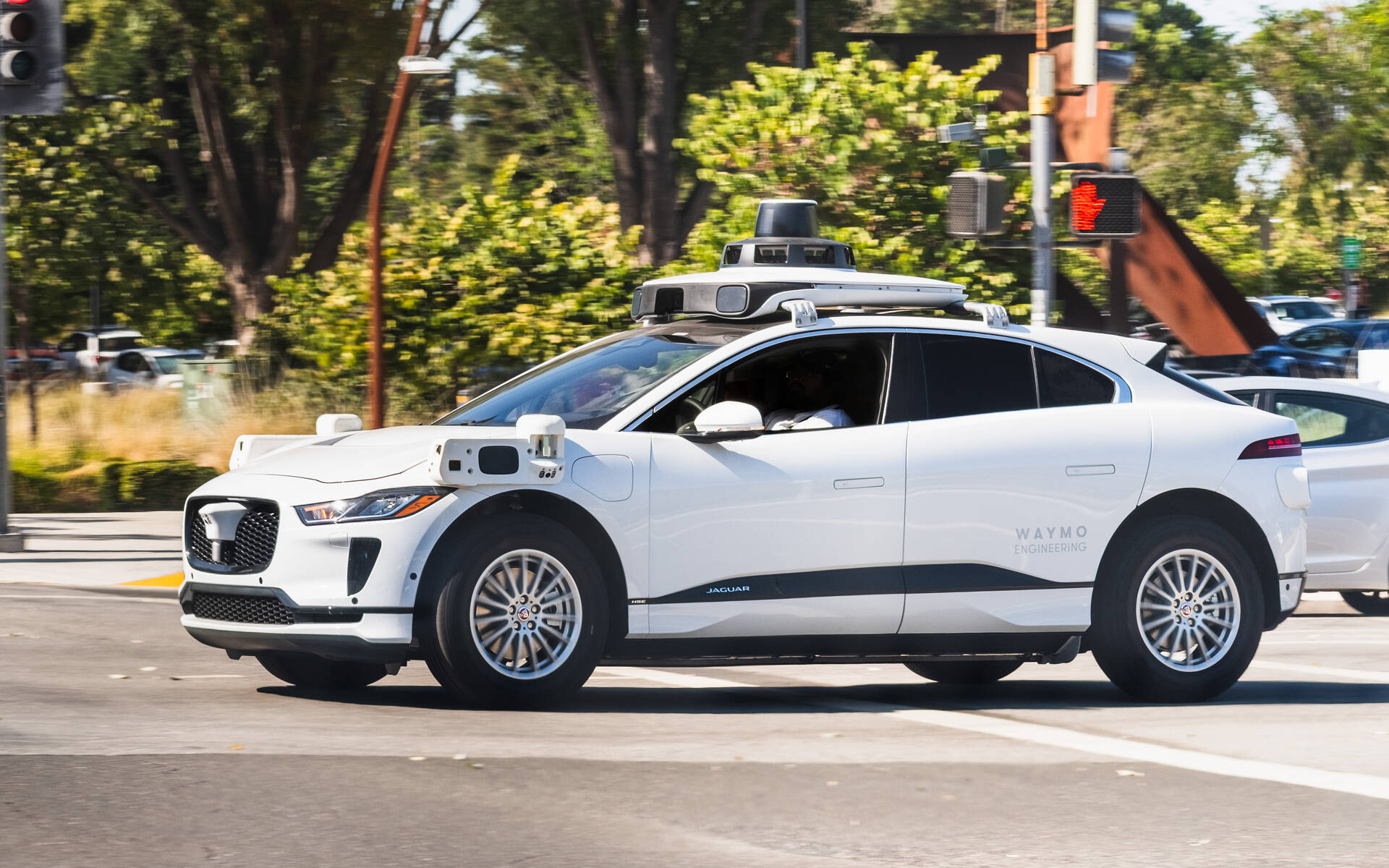I Rode a Driverless Car in San Francisco and Really Enjoyed it
I recently took a couple of weeks off from my work here at The Car Guide and paid a visit to a childhood friend of mine who now lives in San Francisco. He took me to a number of must-see locations including Alcatraz and the Golden Gate Bridge. One time, we decided to leave the car at home and call Waymo, a self-driving car company operating in the city.
Autonomous driving technology is advancing quite rapidly, though we Canadians may not notice it since no such services are available up north yet. I was really intrigued by the prospect of riding in a Waymo One with no driver behind the wheel for about a 30-minute commute.
- Also: GM to Expand Super Cruise to 1.2 Million Km of Compatible Roads
- Also: British Columbia Bans Level 3-5 Self-Driving Vehicles

A Word About Waymo
What started as a Google project in 2009 became a standalone Alphabet company in 2016. Autonomous Chrysler Pacifica minivans hit the streets of Phoenix three years later, and operations expanded to San Francisco last year with Jaguar I-Pace crossovers. Today, Waymo’s fleet is purely electric.
The vehicles continuously scan the surroundings, and then a sophisticated computer analyzes the information, using extensively detailed mapping of the area to back it up. But before they got there, they logged millions of kilometres with human drivers behind the wheel and billions of kilometres in virtual simulations to understand a maximum number of driving scenarios that can unfold on any given day.

Real-time machine learning allows autonomous Waymo vehicles to anticipate the actions of other road users, including pedestrians and cyclists. Naturally, they also detect and adapt to lane markings, traffic lights (whether fixed or temporary) and road signs.
A series of lidars can be found all around the vehicles along with 29 cameras and a millimetre-wave radar, the latter providing key input such as the distance and closing speed of an object. I won’t go into more technical details. Time to see how it all comes together.

Surprisingly Smooth
My friend and I called up a taxi using the Waymo One mobile app. The price for the ride was just over $20 USD. When the Jaguar I-Pace came to the door, we had five minutes to hop in or else the vehicle would have gone to find the next customer.

Inside, there’s a small touchscreen on the rear centre console allowing passengers to keep track of the route and select music based on their preferences. Alternatively, the Google Assistant makes it possible to upload songs, but for some reason I was unable to pair my smartphone. For sanitary purposes, there are masks and vomit bags in the pockets on the back of the front seats.

The vehicle drove off and the first few minutes proved to be a pretty surreal experience. I mean, there’s no one in the driver’s seat, yet things run as smoothly and casually as if there was one. Compared with some of the semi-autonomous driving systems that automakers have developed to date, Waymo’s tech is, well, way more advanced and skilled. On the flip side, it can only operate in a specific area.
Acceleration and braking manoeuvres are quite linear, except for occasional low-speed stops that can be a bit jerky. No big deal, though.
As mentioned earlier, the vehicle must be ready to respond to an infinite number of driving scenarios around town, many of which can happen unexpectedly and in the blink of an eye. Once, another driver failed to make a proper stop at an intersection, so our Waymo One had to double-stop and make sure the other vehicle was no longer moving before initiating a left turn. It all worked like a charm.

Lane changes are performed with caution, meaning only when there’s a good enough distance with the vehicle ahead and in the next lane. In dense traffic, you’re probably going to have to wait a little longer as a result. Once we got to our destination, the Waymo One found a parking space for us to safely disembark and then continued on its way.
Final Thoughts
Overall, this first experience with a Waymo One turned out to be pleasant. The ride is smooth and safe, highlighting how advanced and effective the company’s technology really is. Granted, these driverless cars generally operate in ideal conditions, with no harsh winters like we have in Canada.
By the way, we didn’t get to try Waymo’s top competitor, Cruise. In October, the GM-owned startup halted all operations in California after state authorities suspended its licence:
(1/6) We learned today at 10:30 am PT of the California DMV’s suspension of our driverless permits. As a result, we will be pausing operations of our driverless AVs in San Francisco. https://t.co/A5HAV2WUv7
— cruise (@Cruise) October 24, 2023
I realize that a majority of drivers are apprehensive about self-driving vehicles but, if given the opportunity, would you go for a ride? Visit our Facebook page and let us know where you stand.











